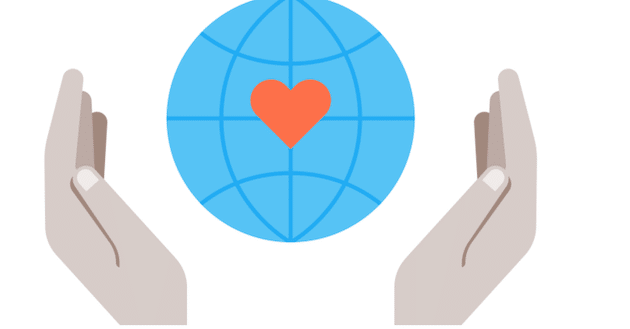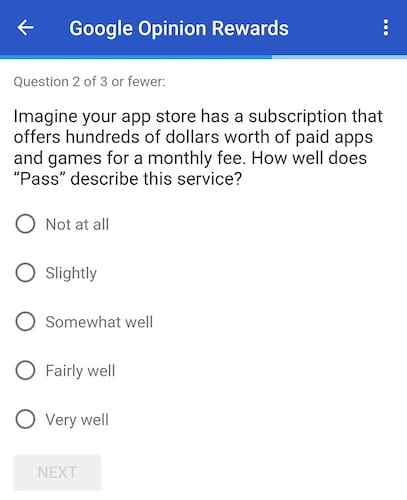
Google has been continuously working on reducing Play Store app size updates by using different algorithms. By using the bsdiff algorithm earlier in the year, Google was able to reduce app size updates on the Play Store by over 45 percent. Now, the company has come up with a File-by-File patching method that leads to app updates being over 65 percent smaller when compared to the full APK of the app.
As per Google, File-by-File patching will add up to 6 petabytes of user data being saved per day. Google has detailed the whole File-by-File patching process in its blog post, but one major takeaway of the new process is that it requires extra processing power and installing app updates will take longer.
Google says that “on average, if the patch size is halved then the time spent applying the patch is doubled.” To ensure that the extra processing power does not negatively impact battery life, Google is limiting the use of File-by-File patching update for auto-updates that occur when your phone is on charge at night and not in use.
So, how much of a difference does File-by-File patching really make? A Google Maps update post the new patching process will weigh in only 9.6MB compared to 17.5MB that the app update will currently take. The original APK of the app weighs in at 32.7MB.

Even better, developers will not have to do anything to apply File-by-File patching method for their app updates. Everything will be automatically done by Google on its servers.
Smaller app update size might not seem like a big deal to many in this day of high-speed internet, but millions of Android users live in countries like India and Brazil where access to high-speed internet is still very limited.
[Via Android Developers]


















